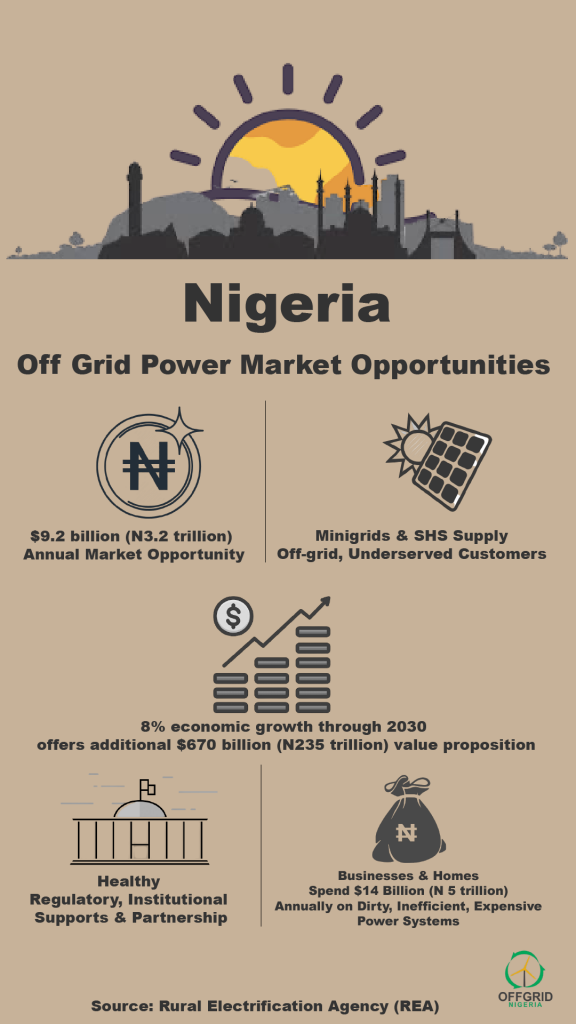Lightly populated Norway is increasing its electric car footprints and could by 2025 phase out fossil powered vehicles on its roads. This is however helped by three key factors: ambitious emissions-reduction targets; growing support from government and the auto industry; and rapid technological advances, writes OGN.
The number of electric cars on the roads around the world rose to 2 million in 2016, following a year of strong growth in 2015, according to the latest edition of the International Energy Agency’s Global EV Outlook.
However, Norway is clearly setting the pace in electric vehicle usage in Europe, and now has about 500,000 electric vehicles (EV) running on its roads.
The northern European country is just 100,000 behind China which leads the world in EV usage, with about 600,000 all-electric vehicles on its roads, but it has continued to push its segue to EV quite effectively.
The initiative reportedly began in the 1990s as an effort to cut down on pollution; congestion; and noise in its urban centers, but now its primary rationale is combating climate change and its impacts.
Today, the country has the highest per capita number of all-electric (battery only) cars in the world, such that it in January pushed the limits with record plug-in electric sales reaching 37 per cent market share in the country’s passenger car market.
Reports from Electrek indicate that over 4,800 plug-in electric vehicles were delivered in the country in January to show that it was reaching the tipping point for EVs.
Helped by strong BMW i3 sales (622 units) and some PHEV vehicles like the Volvo XC90 (398 units) and the Volkswagen Passat GTE (411 units), as well as Tesla which also contributed to the new record now that it has firmly become a two-vehicle automaker – 129 Model S sedans and 238 Model X SUVs, and a newcomer like the Hyundai Ioniq Electric which also started contributing with 166 deliveries within the period, Norway could as well be on track to meeting its target.
Ambitious policy helping Norway’s EV adoption
Reports similarly indicated that the diesel market shares in Norway are also falling fast, and now sits at ~13% following local governments decisions to explore restrictions on fuel.
It is also estimated that if electric vehicles completely overtake diesel-powered cars, they would be at 50% market share in Norway, indicating that at this pace, the country could reach the tipping point of the majority of sales being electric by the end of the year.
Already, the country has the goal of 100% of new car sales to be zero-emission vehicles starting in 2025. That would mean all-electric vehicles, but at this point, they are mostly limited by the supply and not the demand. Demands in this sense appears quite high.
Though China remained the largest market in 2016, accounting for more than 40% of the electric cars sold in the world. Norway is clearly leading in Europe with a 29% market share in 2016, the highest globally, followed by the Netherlands with 6.4%, and Sweden with 3.4%.
Accordingly, the electric car market in Norway is set to transition from early deployment to mass market adoption over the next decade or so, and this is led by clear and ambitious policy support.
According to the Guardian of UK, Norway illustrates that with incentives that eliminate the price advantage of conventional gas-burning vehicles, many people will go for the electric car option.
Also, the Guardian reports that the falling prices for EVs and recent technological developments – several of them led by Tesla, have changed the game.
Accordingly, the cost of lithium-ion batteries, which account for about 40% of an EV or hybrid vehicle’s cost, has fallen by two-thirds since 2010.
It was reported that six years ago, the average EV battery sold for more than $1,000 per kilowatt-hour; now it goes for less than $350, and could drop to as low as $125 in the near future as battery technology improves to also accommodate lower charging times.





